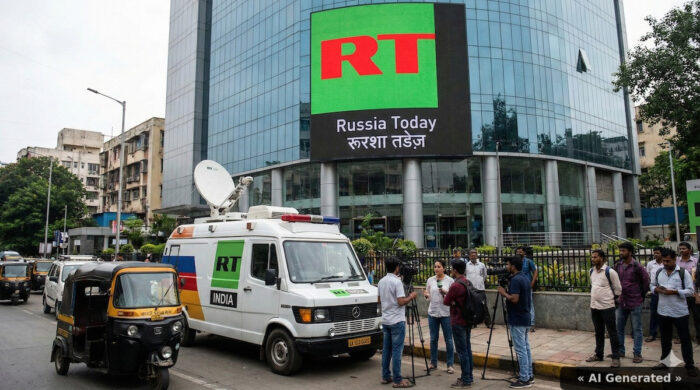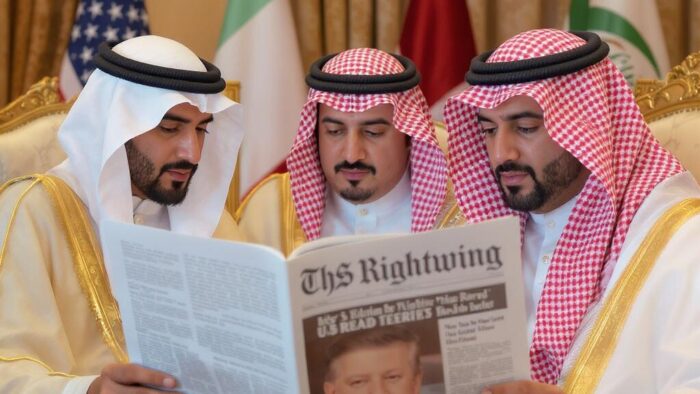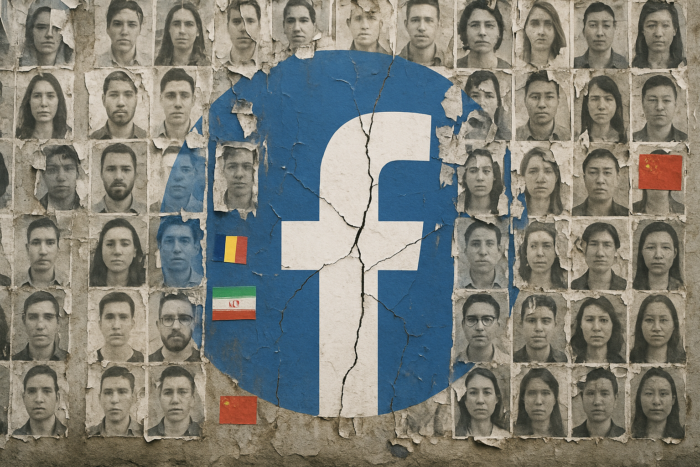Russian influence operations in the Serbian coup attempt demonstrate Moscow’s sophisticated hybrid warfare tactics against wavering allies. On June 26, 2025, the Lansing Institute revealed how Russian intelligence services orchestrated a destabilization campaign against President Aleksandar Vučić, utilizing deep networks within Serbia’s military, security services, and Orthodox Church while deploying information warfare and paramilitary assets in response to Belgrade’s covert weapons shipments to Ukraine. The article begins:
The attempted coup in Serbia represents a critical turning point in Balkan politics, exposing fragile domestic institutions and Serbia’s delicate balance between the EU and Russia. While the plot was swiftly neutralized, the event raises urgent questions about Russian subversion tactics, the timing amid regional instability, and striking similarities with the recent coup attempt in Armenia. The fallout could reshape Serbia’s foreign alignments and security posture for years to come.
Key Points
- Russian GRU and FSB exploited infiltrated networks within Serbia’s military and BIA security services, leveraging officers trained in Russia and Orthodox Church connections to coordinate the coup attempt.
- Moscow deployed information warfare through RT Balkan and Sputnik Serbia, amplifying anti-EU sentiment while Orthodox clergy warned of “Western spiritual occupation” as part of coordinated messaging.
- Russian intelligence mobilized paramilitary veterans from Kosovo and Bosnian wars alongside far-right groups, replicating influence operation tactics previously used in the failed Armenia coup attempt.
- The destabilization campaign represents Russia’s “controlled chaos” strategy, where Moscow preemptively betrays allies showing independence to maintain dependent client states rather than equal partnerships.
Serbia’s Central Role in Russian Influence Operations Across the Balkans
Russian political warfare in the Balkans has escalated into a sophisticated campaign that leverages Serbia as Moscow’s primary regional ally to destabilize southeastern Europe while Ukraine remains under assault. Serbia’s President Aleksandar Vučić has cultivated deep ties with Putin, utilizing Russian state media platforms like RT and Sputnik to amplify pro-Russian narratives that portray Western intervention as foreign interference while promoting traditional Orthodox values and pan-Slavic identity. This information warfare strategy has proven remarkably effective, with Serbia repeatedly moving troops to Kosovo’s borders to create war scares and providing Russia with leverage over NATO expansion in the region.
Concurrently, Serbia serves as a crucial sanctions-busting conduit, with companies transferring over $71 million to Russia since February 2022, while the government issues passports to Kremlin-linked oligarchs and maintains exclusive dependence on Russian energy supplies. Russia’s influence extends beyond direct government cooperation through religious networks, particularly the Serbian Orthodox Church’s alignment with Moscow’s positions on Kosovo, and support for paramilitary groups and nationalist organizations that challenge Western-backed peace processes.
Despite its EU membership aspirations, Serbia continues to refuse to impose sanctions on Russia. Recent US Treasury actions targeting Serbian companies for military exports to Moscow highlight how Russian influence operations have successfully transformed Serbia into both a strategic spoiler of Euro-Atlantic integration and an operational base for broader Balkan destabilization.
External References:
- Countering Russia’s Influence Operations in the Balkans
- Russia’s Influence in the Balkans
- US Sanctions Companies from Serbia, Montenegro for Military Exports to Russia
Disclaimer
The Global Influence Operations Report (GIOR) employs AI throughout the posting process, including generating summaries of news items, the introduction, key points, and often the “context” section. We recommend verifying all information before use. Additionally, images are AI-generated and intended solely for illustrative purposes. While they represent the events or individuals discussed, they should not be interpreted as real-world photography.










